Table of Contents
Introduction to Anaheim Peppers
Anaheim peppers (also known as chiles anaheim) are mild chili peppers with a heat level of 1,000–5,000 Scoville Heat Units (SHU), making them ideal for those who want subtle spice without overwhelming heat. Native to New Mexico but popularized in Anaheim, California, these peppers are a staple in Mexican and Southwestern cuisine for roasting, stuffing, and sauces. Their smooth texture and slightly sweet undertone make them versatile for both casual home cooking and sophisticated dishes.
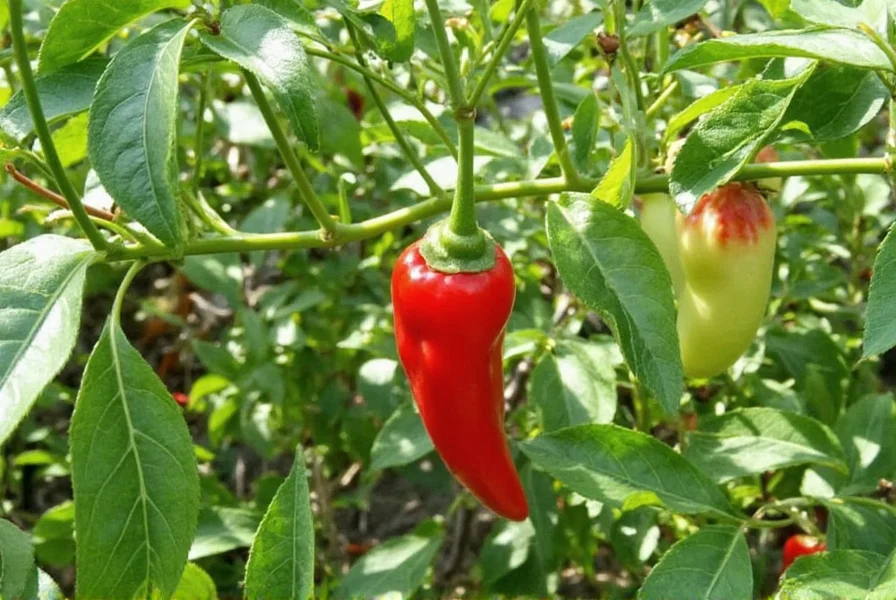
These peppers have been part of traditional cuisine for centuries, with their name originating from the town of Anaheim where they were widely cultivated. Whether roasted, stuffed, or used fresh in salsas, they provide a balanced flavor profile that enhances many dishes without excessive heat.
Understanding the Spice Level
| Pepper Variety | Heat Level (SHU) |
|---|---|
| Anaheim Pepper | 1,000–5,000 |
| Jalapeño | 2,500–8,000 |
| Serrano | 5,000–15,000 |
| Habanero | 100,000–350,000 |

Anaheim peppers are significantly milder than jalapeños and habaneros, making them perfect for beginners exploring spicy flavors. Most commercially available Anaheim peppers fall on the milder end of their heat range, ensuring consistent mildness for general cooking use.
Cooking Uses and Tips
The versatility of Anaheim peppers makes them ideal for various cooking methods. Here are expert tips to maximize their flavor:
- Roasting: Place peppers on a baking sheet, drizzle with olive oil, and roast at 400°F (200°C) for 10–15 minutes until skin blisters. After cooling, peel and use in salsas, sauces, or as taco toppings. Roasting enhances their natural sweetness and smokiness.
- Stuffed: A classic preparation for chiles rellenos. Fill with cheese, rice, or ground meat for a flavorful main dish. The pepper's mild heat complements fillings without overpowering them.
- Dried: Drying concentrates flavor for use in soups, stews, or chili powders. Whole dried peppers can be rehydrated or ground into powder for seasoning.
- Fresh Slicing: Add raw slices to salads, sandwiches, or cocktails for subtle heat and freshness. Their crisp texture holds up well in raw preparations.
- Pureeing: Blend with garlic, tomatoes, and onions to create versatile sauces for enchiladas, tacos, or dips. The smooth consistency integrates seamlessly into liquid-based dishes.
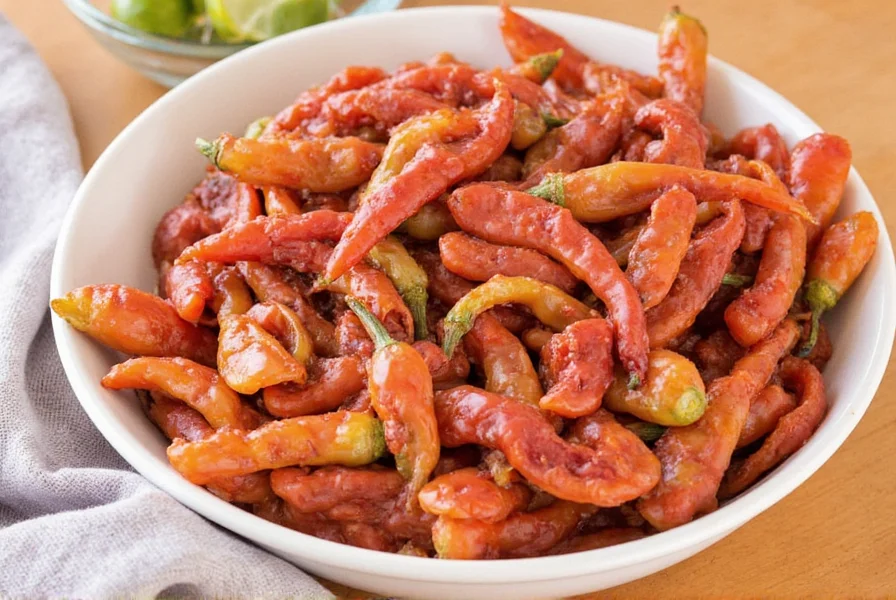
Always handle with care—wear gloves if sensitive to capsaicin, and avoid touching your face after handling. Wash hands thoroughly with soap and water after preparation.
Buying Guide for Anaheim Peppers
Where to Buy
- Local Farmers' Markets: Best for fresh, seasonal peppers. Growers can provide harvesting details and usage tips.
- Grocery Stores: Look for firm, vibrant green peppers in the produce section. Avoid any with soft spots or discoloration.
- Online Retailers: Specialty food sites offer dried, canned, or fresh Anaheim peppers with shipping options. Check reviews for quality assurance.
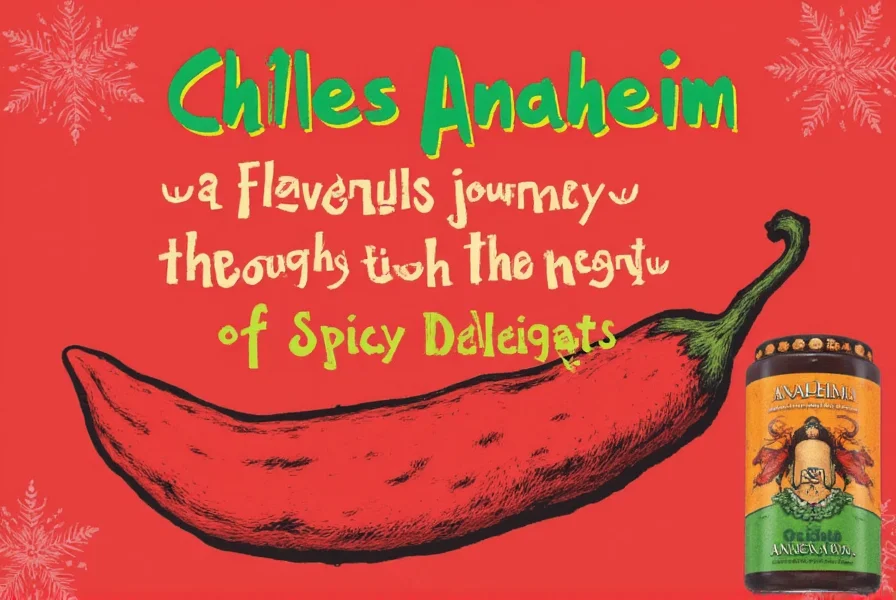
How to Choose the Best Peppers
- Firmness: Should feel solid with no soft spots or wrinkles.
- Color: Bright green indicates freshness; yellow or orange tones mean full ripeness but may be slightly sweeter.
- Surface: Smooth skin with no cuts, bruises, or mold spots.
- Size: Larger peppers (6-8 inches) typically have richer flavor and more flesh for stuffing.
Top Product Recommendations
- Organic Dried Anaheim Peppers: Ideal for grinding into chili powder or adding depth to slow-cooked dishes. Look for USDA-certified organic options.
- Pre-Roasted Canned Anaheim Peppers: Ready-to-use for quick salsas or sauces. Choose brands with no added preservatives or fillers.
- Seeds for Home Gardening: Perfect for growing your own supply. Ensure seeds are non-GMO and suited to your climate zone.

For busy cooks, canned or dried varieties save time. Gardeners can enjoy fresh harvests by growing their own from seeds—Anaheim peppers thrive in warm climates with consistent watering.
Comparing Anaheim Peppers with Other Varieties
| Pepper | Flavor Profile | Heat Level | Best Uses |
|---|---|---|---|
| Anaheim Pepper | Mild, sweet, earthy | 1,000–5,000 SHU | Roasting, stuffing, sauces |
| Jalapeño | Grassy, sharp, slightly citrusy | 2,500–8,000 SHU | Raw, pickled, salsas |
| Serrano | Crisp, bright, intensely spicy | 5,000–15,000 SHU | Hot sauces, fresh salsas |
| Poblano | Nutty, mild, slightly smoky | 1,000–2,000 SHU | Stuffed, mole sauces, chiles rellenos |
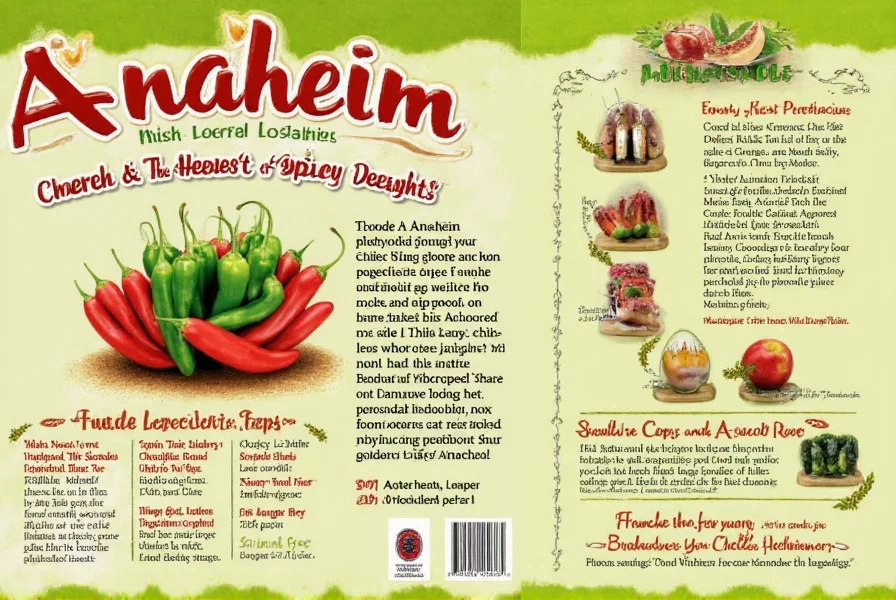
Anaheim peppers offer a balanced heat profile between poblanos and jalapeños, with a sweeter flavor than serranos. They're more versatile than poblanos for raw applications and less intense than jalapeños for those sensitive to spice.
Frequently Asked Questions About Anaheim Peppers
How hot are Anaheim peppers compared to other peppers?
Anaheim peppers range from 1,000–5,000 Scoville Heat Units (SHU), making them significantly milder than jalapeños (2,500–8,000 SHU) and dramatically milder than habaneros (100,000–350,000 SHU). Most store-bought Anaheim peppers fall on the lower end of this range, providing subtle heat perfect for beginners.
What are the best ways to cook with Anaheim peppers?
Anaheim peppers excel when roasted (enhancing sweetness and smokiness), stuffed (as in chiles rellenos), sliced fresh in salsas or salads, dried for soups/stews, or pureed into sauces. Their mild heat and rich flavor work in both simple and complex dishes.
Can Anaheim peppers be substituted for other peppers?
Yes—they work well as a substitute for poblanos (though poblanos are slightly milder). For jalapeño substitutions, use fewer Anaheim peppers to reduce heat. For stuffed pepper recipes, they're excellent alternatives to bell peppers when you want mild spice. Dried Anaheim peppers (chile seco del norte) can be replaced with ancho chiles, though anchos have a fruitier flavor.
How do you properly store Anaheim peppers?
Fresh peppers last 2 weeks in the refrigerator stored in a paper bag. For longer storage, roast and freeze (6-8 months) or dry and store in an airtight container (up to 1 year). Never store fresh peppers in sealed plastic bags to prevent moisture buildup and spoilage.
Are Anaheim peppers and New Mexico chiles the same?
Yes—they're the same pepper variety (Capsicum annuum) but harvested differently. Anaheim peppers are typically fresh and green, while New Mexico chiles refer to the dried, red version. Drying concentrates the flavor and slightly increases heat intensity.
Can you eat Anaheim peppers raw?
Yes—raw Anaheim peppers have a grassy, slightly bitter flavor with mild heat. They're commonly used in fresh salsas, salads, or as garnishes. However, roasting brings out their natural sweetness and creates a more complex flavor profile preferred in most cooked dishes.
How do you roast Anaheim peppers?
Place peppers on a baking sheet, drizzle with olive oil, and roast at 400°F (200°C) for 10-15 minutes until skin blisters. Alternatively, char directly over a gas flame or grill until blackened. Steam in a covered bowl for 10 minutes, then peel off the skin. Roasted peppers can be used immediately or frozen for later use.
Conclusion
Anaheim peppers offer the perfect balance of flavor and manageable heat for home cooks of all levels. Their versatility—from roasting and stuffing to fresh applications—makes them a kitchen essential. Whether you're preparing traditional Mexican dishes or experimenting with new recipes, these peppers provide consistent results without overwhelming spice.
Remember: The key to great cooking is experimentation. Try pairing Anaheim peppers with unexpected ingredients like chocolate or fruit for unique flavor combinations. Their mild heat allows them to complement rather than dominate other ingredients, making them ideal for creative culinary exploration.

In short, Anaheim peppers are more than just a pepper—they're a gateway to richer, more flavorful cooking experiences. Grab a few, fire up your grill, and let your taste buds lead the way.

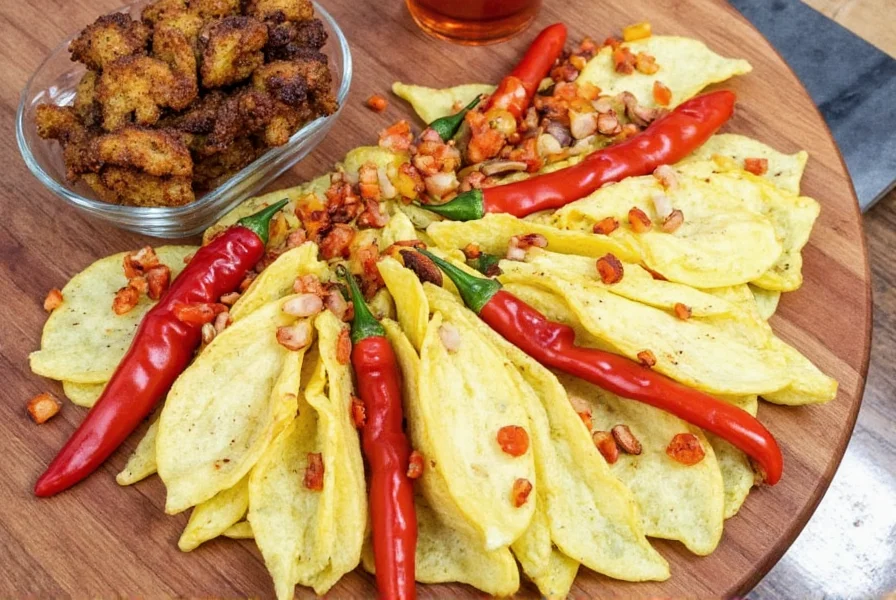









 浙公网安备
33010002000092号
浙公网安备
33010002000092号 浙B2-20120091-4
浙B2-20120091-4